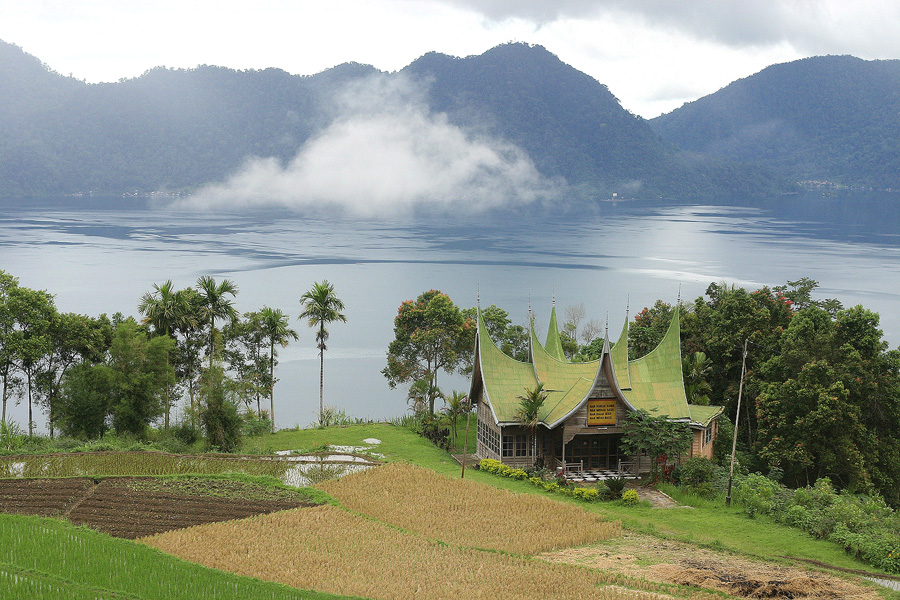PLN raises concerns about delay in Indonesian geothermal development
There are currently 13 geothermal power plant projects in Indonesia facing challenges to stay within deadlines for development under contracts with PLN, as they are still in exploration phases of development.
A recent article in the Jakarta Post is looking into the current situation of geothermal development and provides a rather grim picture.
The state electricity company PLN recently announced that there are 13 geothermal power plant projects that are likely to be missing development deadlines still being in various stages of exploration.
Problems that companies face, so PLN, include lack of supporting infrastructure, tough licensing procedures and financing.
On the financing side, one key element though is that investors are demanding government guarantees for power purchase agreements developers need to sign with PLN. So while there have been given assurances and guarantees and recently an increase in power pricing, there still is some concern about the financial strength of PLN to be paying for the power from geothermal projects.
“According to the 2003 Geothermal Law, contractors are given three years to complete the exploration stages of a project with a possible two-year extension. All of project development deals were signed by PLN and partners in April 2010.
All of the geothermal power plant projects are intended to fulfill the second phase of the government’s electrification acceleration program known as the 10,000 megawatt (MW) fast-track program that was intended for completion in 2014.
Previously, the Energy and Mineral Resources Ministry’s director general of electricity, Jarman, said that most construction companies involved in the development of power plants under the first phase of the 10,000 megawatt (MW) fast-track program may be fined for construction delays.
Overall, the completion rate of the 10,000 MW project had topped 40 percent in July this year, Jarman said, adding that the rate was expected to increase to 60 percent by the end of the year.
One of PLN’s partners, Pertamina Geothermal Energy (PGE) — a subsidiary of state-owned oil and gas producer PT Pertamina — confirmed that it was facing problems in the exploration of geothermal sites for three PLN power plants.
The sites are located in Hulu Lais in Bengkulu, Sungai Penuh in Jami and Kotamobagu in North Sulawesi.
PGE corporate secretary Adiatma Sardjito told The Jakarta Post that the three projects were delayed due problems unique to the geothermal sites’ locations.
“On the Kotamobagu project, we have drilled two wells, however, the results have not been satisfactory as [the steam’s] pressure and temperature are not as good as we expected,” he said over the phone.
“We are now conducting another reservoir study to locate new wells in Kotamobagu.”
On the Sungai Penuh project, the lack of adequate roads had hampered the flow of construction vehicles to the project site, Adiatma said. There was no other solution apart from constructing a new road, he added.
Adiatama said the third project, in Hulu Lais, was hampered by what he described as a “tough process” for obtaining permits from the forestry agency and local governments.
According to Sofyan, the problems troubling PGE also posed challenges for other partners on the remaining 10 geothermal projects — the Lumut Balai power plant in South Sumatra, Lahendong units 5 and 6 in North Sulawesi, Karaha Bodas unit 1 in West Java, Kamojang unit 5 in West Java, Wayang Windu power plant in West Java, Dieng units 2 and 3 in Central Java, Patuha units 2 and 3 in West Java and Sarulla in North Sumatra.”
Source: The Jakarta Post


















